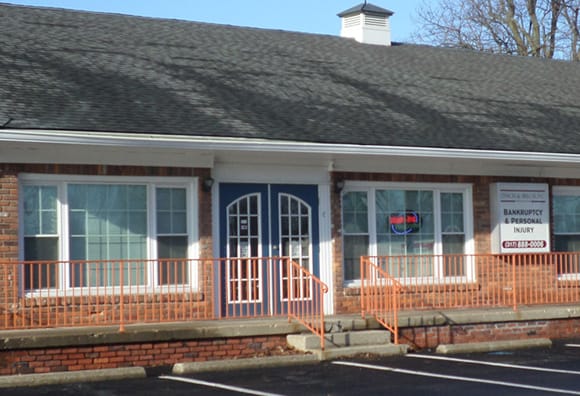
Failure to comply with a lender’s mortgage requirements can lead to possible loss of your home through foreclosure. One remedy available is filing for bankruptcy. This decision is not always an easy one, and it is essential to understand the implications.
If you are facing potential foreclosure, here is what you need to know about filing for bankruptcy.
Foreclosure and Bankruptcy
Filing for either Chapter 7 or Chapter 13 bankruptcy can help to delay foreclosure. When you file for bankruptcy, the court will issue an automatic stay that prohibits lenders from coming after you.
Under a Chapter 7 bankruptcy, an automatic stay will hold off the process of foreclosure for about three to four months, allowing you to keep your house for this period. However, a lender may file a motion to lift the automatic stay, requesting permission to proceed with the foreclosure.
If the court grants the motion, the postponement of your foreclosure may be slashed down to less than three months.
Under a Chapter 13 bankruptcy, the automatic stay will postpone foreclosure for three to five years depending on the length of your payment plan. Maintain regular monthly payments toward your mortgage and the arrearage to uphold the automatic stay and to keep your home indefinitely.
Deficiency Judgments in Indiana
In foreclosure, the difference between the amount you owe on the mortgage and the sale price at foreclosure is known as the deficiency. Indiana is a judicial foreclosure state. This means that lenders are required to file a lawsuit against a defaulting borrower before recovering a deficiency.
Lenders have to wait three months from the time of filing the lawsuit before beginning the foreclosure sale. However, this mandatory waiting period can be bypassed if the property is residential and has no occupants, or if, with the lender’s consent, the borrower waives the waiting period.
The advantage of filing a waiver on the waiting period is that the lender cannot file a lawsuit to collect the deficiency from you. A waiver also allows the foreclosure to advance. If you do not waive the waiting period, the lender may successfully sue you and obtain permission to pursue you for the deficiency debt.
There are several ways a lender can collect the deficiency. They may freeze your bank account, garnish your wages, seize nonexempt assets, or ask a debt collector to obtain the deficiency on the lender’s behalf.
Implications of Filing for Bankruptcy
While filing for Chapter 7 bankruptcy before foreclosure will eliminate the amount you owe in mortgage debt, the deficiency will remain. If you default on paying the deficiency, the lender can proceed to foreclose.
If you file for bankruptcy after foreclosure, the lender cannot pursue you for the deficiency. However, the IRA will consider this canceled debt a windfall that is subject to income tax.
There are two instances where your forgiven debt may be excluded from income tax. The first exemption is provided for by the Mortgage Debt Relief Act of 2007 for debt that was forgiven between 2007 and 2016.
Under the Act, forgiven debt is tax-exempt if it was taken out to purchase, build, or renovate the borrower’s primary residence or if the debt was secured against the borrower’s primary residence. The maximum forgivable debt is $2 million and $1 million for married couples who file separately.
The second instance where your forgiven debt may be exempted from income tax is if you demonstrate you were insolvent when your debt was canceled.
The prospect of losing your home in a foreclosure and filing for bankruptcy can be distressing. Talking to an experienced bankruptcy attorney can significantly increase the odds of winning your case.
At Lynch & Belch P.C., we can guide you through the legal maze and explore options to keep you in your home. Get in touch with us today for a free consultation.


